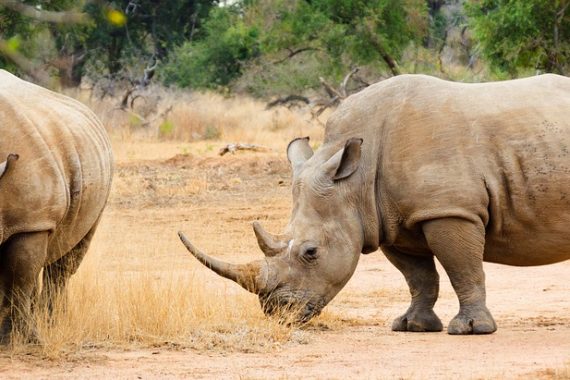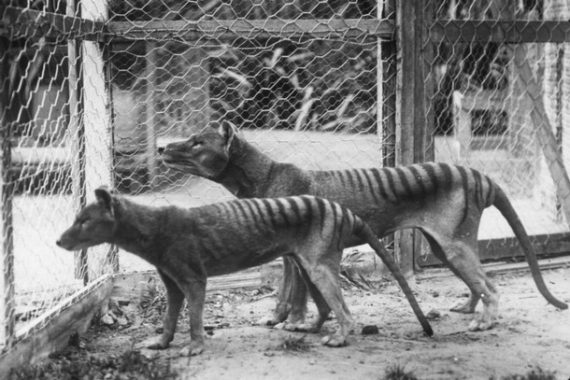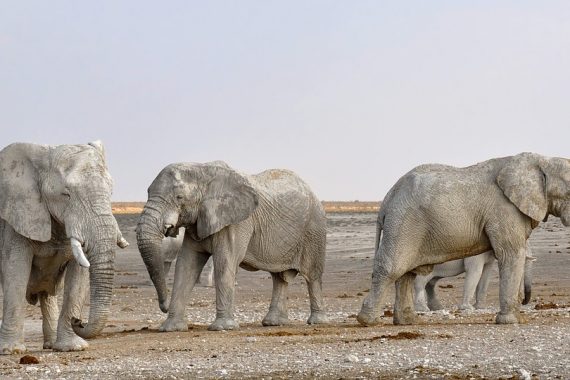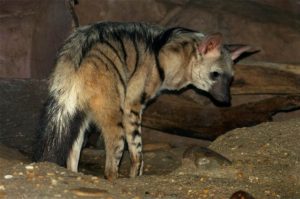
For October we are covering spooky species. First up is the incredible Aardwolf. While striking with its long mane, the Aardwolf is actually a critical insectivore from Africa. This species surprised us at every turn. We had so much fun covering this species and we have no doubt you will love learning about them.
Aardwolf History
While the name suggests the Aardwolf is a “wolf” from the canid (dog) family, surprisingly it is not. Aardwolves are from the suborder “Feliformia.” These are the cat-like carnivores. Therefore, they are actually closer related to cats than dogs. Going further, the Aardwolf is from the Family Hyaenidae. Thus, they are close relatives to hyenas.
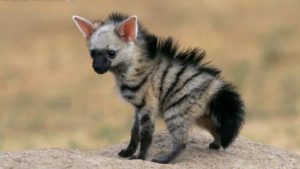
While related to hyenas, Aardwolves actually diverged from hyenas anywhere from 33 to 15 million years ago. This makes sense because the Aardwolf is an insectivore, unlike the hyena. The modern Aardwolf emerged roughly 1.5 million years ago.
There is a single species of Aardwolf Proteles cristata. Yet, there are two subspecies:
- East African population Proteles cristata septentrionalis
- South African population Proteles cristata cristatus
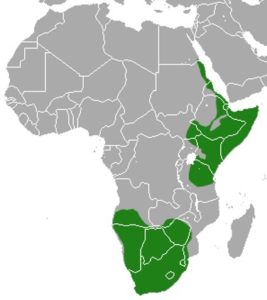
Aardwolf Physiology
The most defining characteristics is its long mane that runs from its head to its tail. The Aardwolf is about the size of a fox. It can stand up to 20 inches (50 cm) tall at the shoulder. Be as long as 31 inches (80 cm) with a tail as long as 12 inches (30 cm). Also, the Aardwolf has longer front legs than its hind legs, giving its back that sloped appearance.
The Aardwolf is a termite specialist. While they will eat other insects and maybe an occasional small mammal or bird, they almost exclusively eat termites. Specifically, they eat termites from the genus of snouted harvester termite, Trinervitermes. Rather than tearing up a termite mound, Aardwolves eat the exposed termites. After consuming a few thousand or so, an Aardwolf will move off to another mound. Thus, they preserve the mounds and allow them to recover.
Aardwolves are thought to live about 18 years in the wild. One female lived up to 20 years under human care. In the wild, these animals are nocturnal. During the day they sleep in burrows and emerge at night to go and hunt termites.
Link to World’s Largest Termite Mound HERE
Aardwolf Conservation
Both subspecies of Aardwolf are listed as Least Concern by the IUCN. While Aardwolves are sometimes mistaken for hyenas and/or persecuted, generally they are stable.

